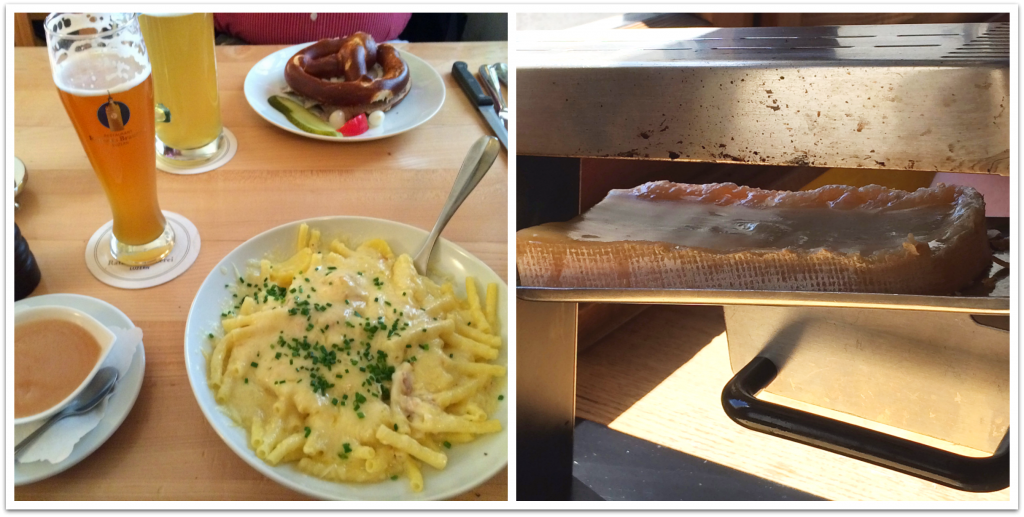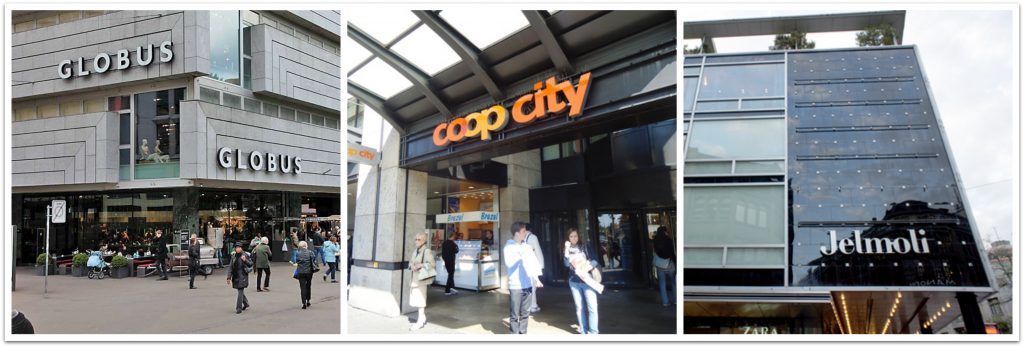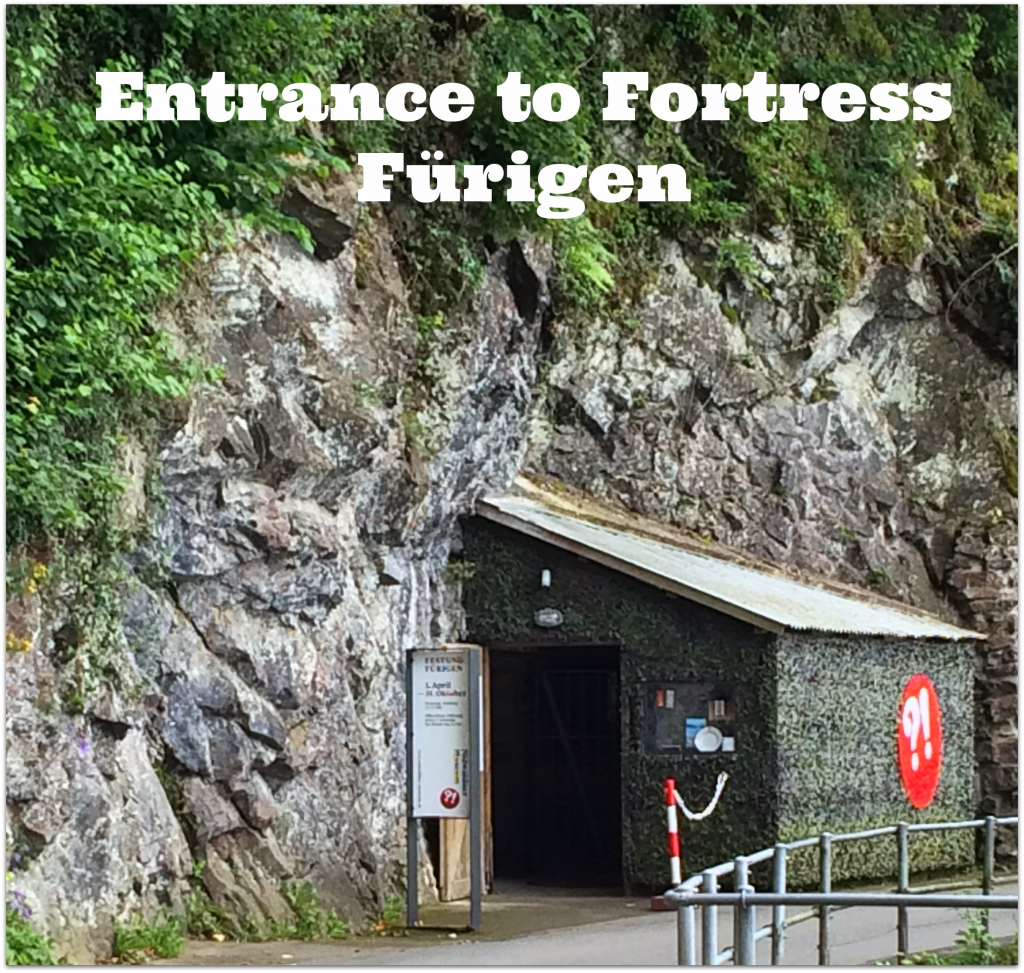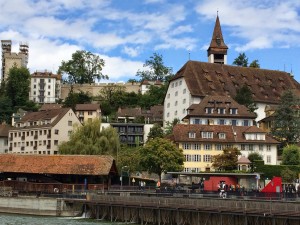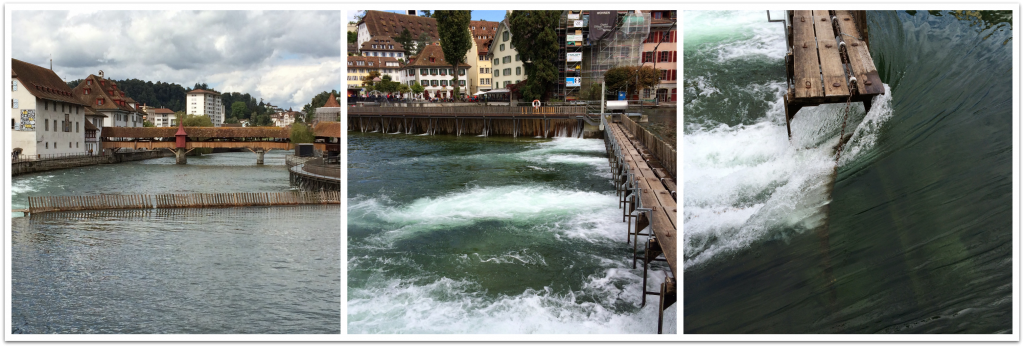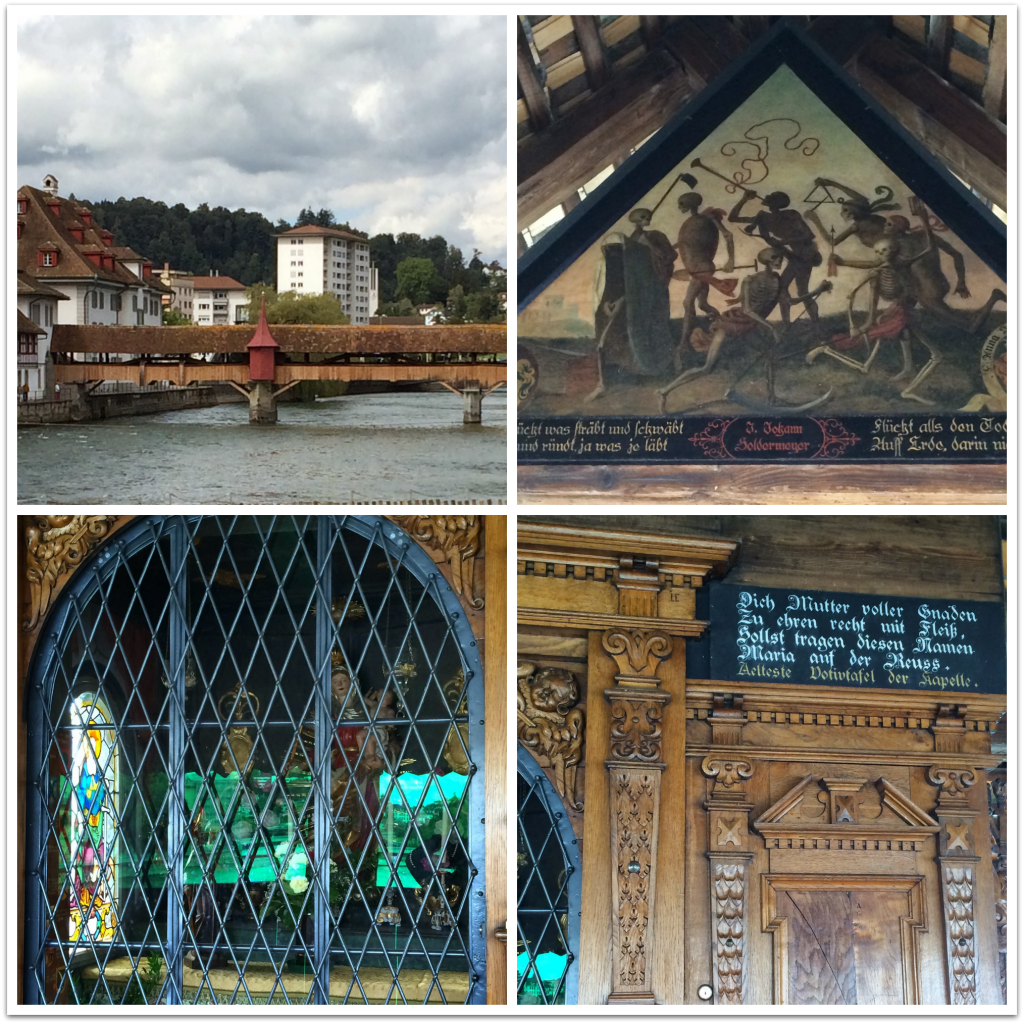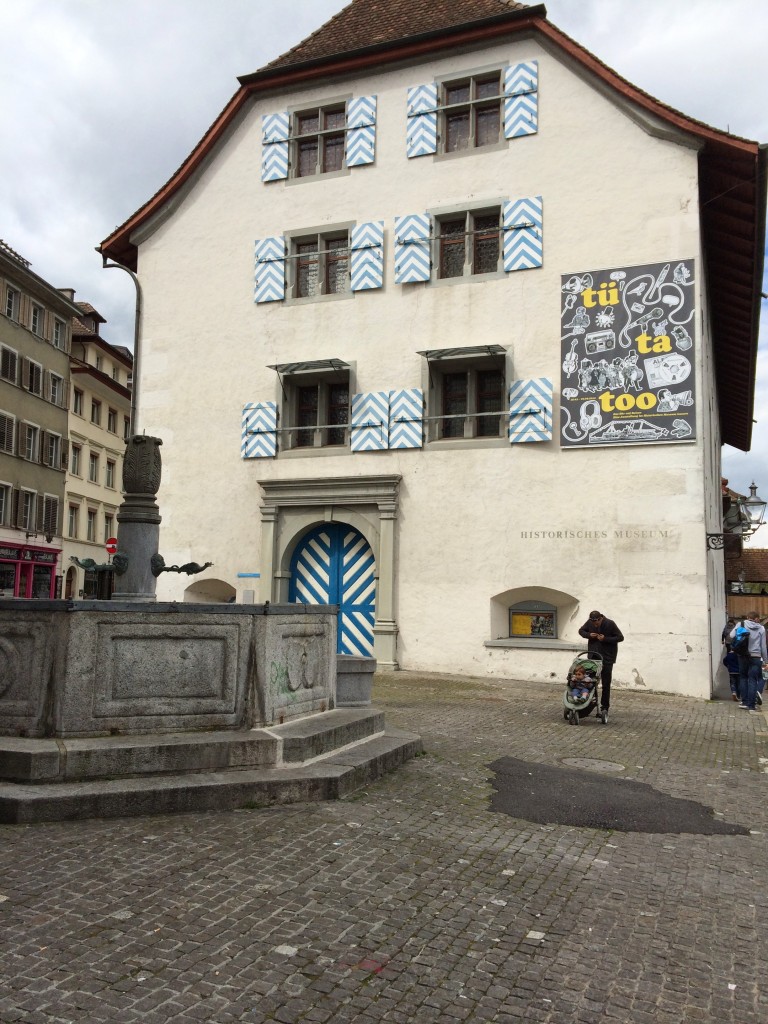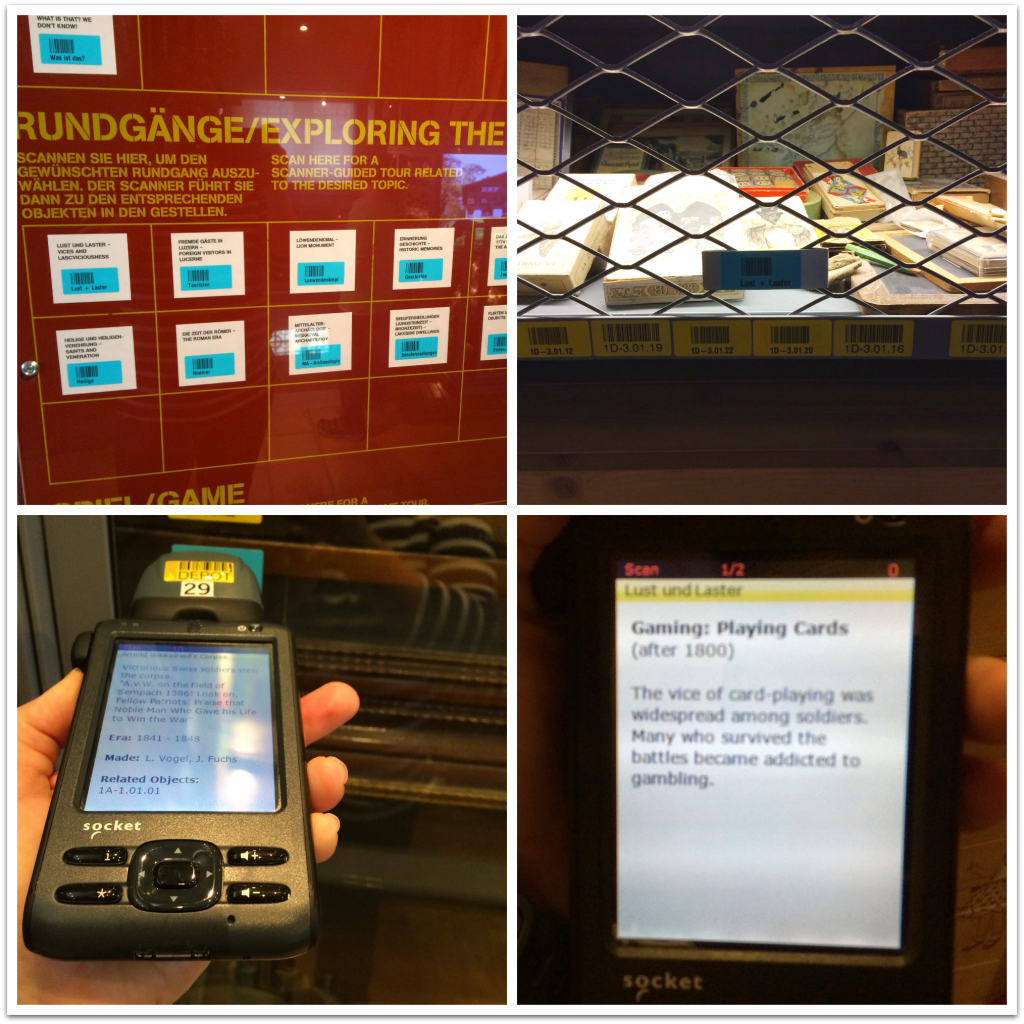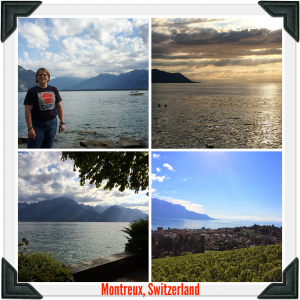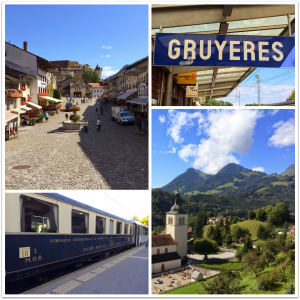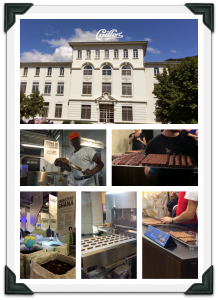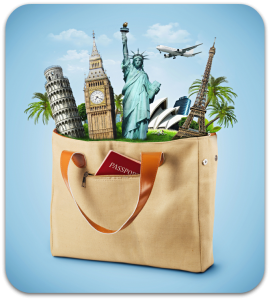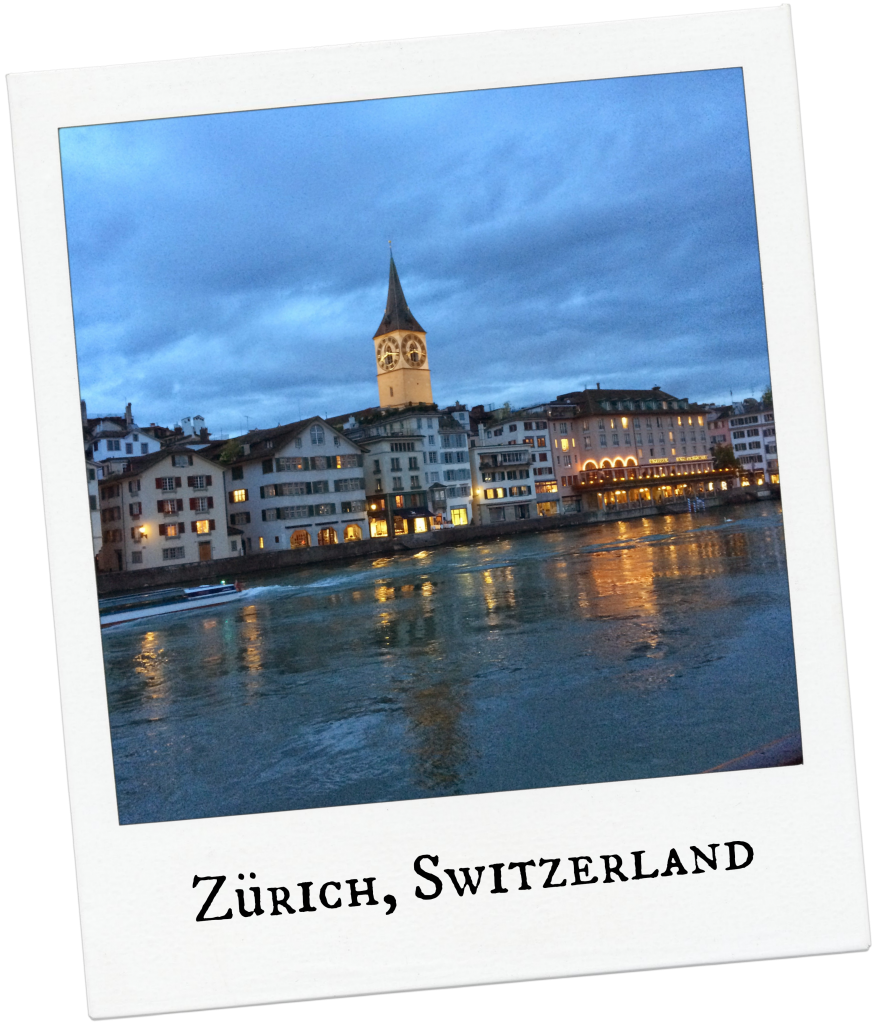 When you travel, how do you approach your visit to a new city, country, or community?
What do you make a point to see or experience?
When you travel, how do you approach your visit to a new city, country, or community?
What do you make a point to see or experience?
Museums, restaurants, plays, or other cultural activities?
In this post you will learn how I plan my visits to a new city or country and why I always make it a point to visit a local department store.
Zürich, Switzerland
Last week, I had the good fortune to accompany Tim on a week-long business trip to Zürich, Switzerland. A cheap airfare prompted us to arrive a few days early and we made good use of this pre-work time by visiting Montreux, Gruyères, and Luzern. Our mini-vacation on Sunday evening when we returned to Zürich so Tim could report to work on Monday morning.
I am a planner.
I like to know what I am going to see and experience before I get to my destination.
To his credit, Tim planned our long-weekend outing to Montreux, Gruyères, and Luzern. I told him I wanted to see cheese and chocolate and that is how we decided to visit in those cities.
I planned how I would spend my time in Zürich without Tim.
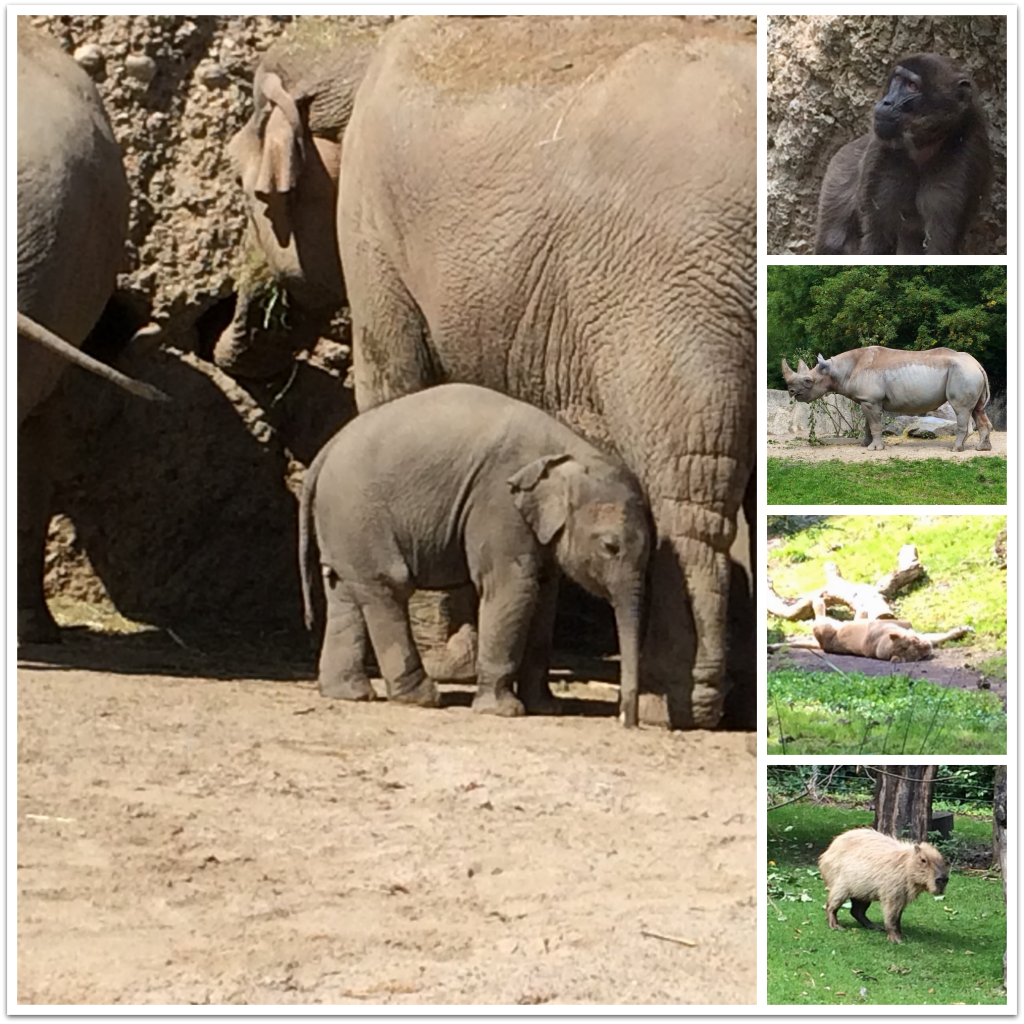 I devised a schedule of tours and museums to fit my interests and work schedule. My plan included a bus tour of Zürich, the Swiss National Museum, a 3 hour walking tour of Zürich dedicated to the history of chocolate in Zürich and Switzerland, and a visit to the Zürich Zoo, world-renowned for its animal habitats.
I devised a schedule of tours and museums to fit my interests and work schedule. My plan included a bus tour of Zürich, the Swiss National Museum, a 3 hour walking tour of Zürich dedicated to the history of chocolate in Zürich and Switzerland, and a visit to the Zürich Zoo, world-renowned for its animal habitats.
I also built in time to walk around to both explore and observe the people of Zürich.
It was during one of my walking explorations that I had a realization: I set the same three priorities every time I visit a new place.
My 3 Priorities When Visiting a New City
Museums
As you know, I am a history junkie. I don’t think I will ever tire of learning about how the people of yesterday informed the way people live today. Therefore, museums and historic sites are the first aspects I research about a new city.
Eat Local Food
I am an adventurous eater so I love to eat local foods or foods that are particular to a certain city, country, or region.
I attribute my culinary explorations to my Dad.
My Dad loves food. Each time we took a vacation, my family would hunt down local eating establishments and food items. I love this tradition and I have carried it forward into the trips and vacations I take with Tim.
In Switzerland, we found restaurants that allowed us to try Rösti (traditional Swiss hash browns), fondue, raclette, and chocolate. We also found that the Swiss enjoy a yogurt dish called Bircher Müseli, which I ate it nearly every morning for breakfast.
Department Stores
This realization took me by surprise, but it’s true. In every major city we visit, I make an effort to visit that city’s major department store(s).
But why?
Admittedly, I am not a big shopper. However, I love to watch and observe people and department stores provide a great glimpse of the products and fashions that local people value (or the stores think they should value).
They also tend to be great places to find and eat local foods. Almost all major department stores have a food store and/or restaurant.
Department store visits also provide me with comparison points between my culture and the people and culture I am visiting. I am always curious what an iPod or other state-of-the-art gadgets cost in other countries (usually a lot more than in the U.S.). I also enjoy seeing items that I cannot readily get at home.
In Zürich, I visited two out of the three different department stores: Coop and Globus. Coop is more affordable and Globus is more middling in terms of price. I did not have time to visit the high-end store called Jelmoli.
The home goods department in both the Coop and the Globus had an extensive display of fondue pots.
The stores displayed the pots for a local audience; they were located behind the stand mixers and hand mixers. The displays allowed side-by-side visual comparisons of the different types and styles of fondue pots. They catered to a people that love to consume melted cheeses with friends and family. Where as an American department store may have one or two fondue pots on display, both of these Swiss department stores offered five to ten different options. (I apologize for not having the foresight to take a picture of these displays.)
I make a point to visit department stores because I enjoy the intimate glimpses of local life and culture they provide.
Conclusion
If you had asked me about the types of experiences I prioritize when I visit new cities and countries, before I left for Switzerland, I would have told you about how I visit museums and historic sites and seek out different local foods.
I am not sure I would have told you about my interest in department stores, even though I have always made it a point to visit them.
 Share Your Story
Share Your Story
How do you plan your trips and vacations?
What types of experiences do you prioritize?

